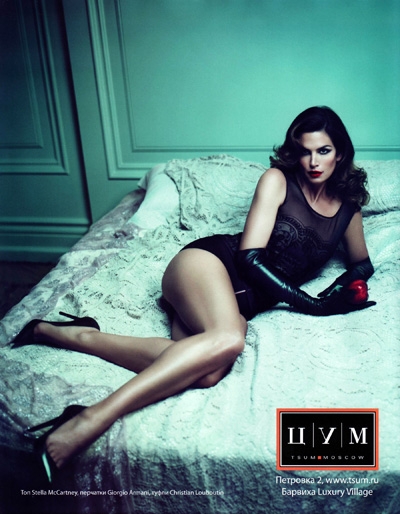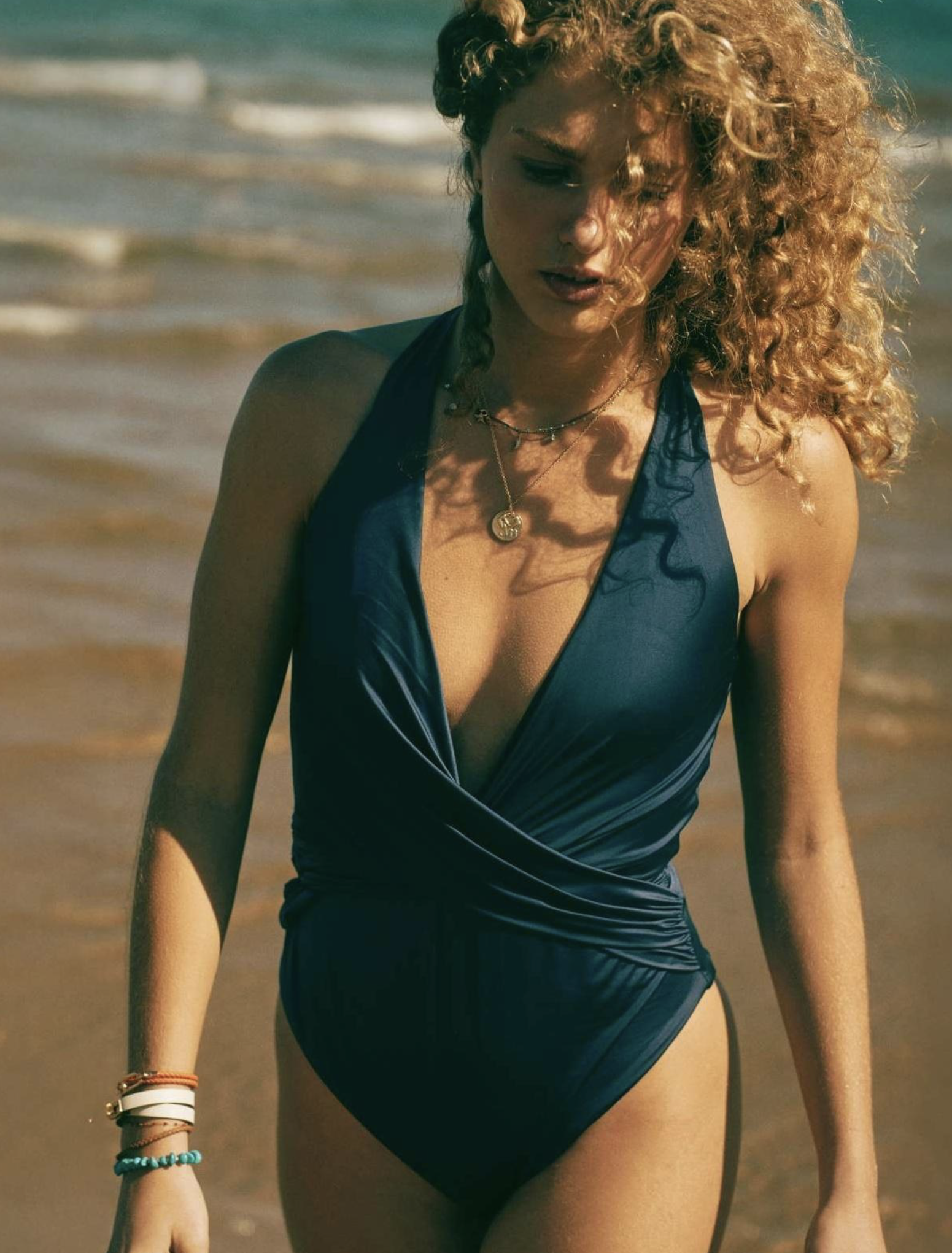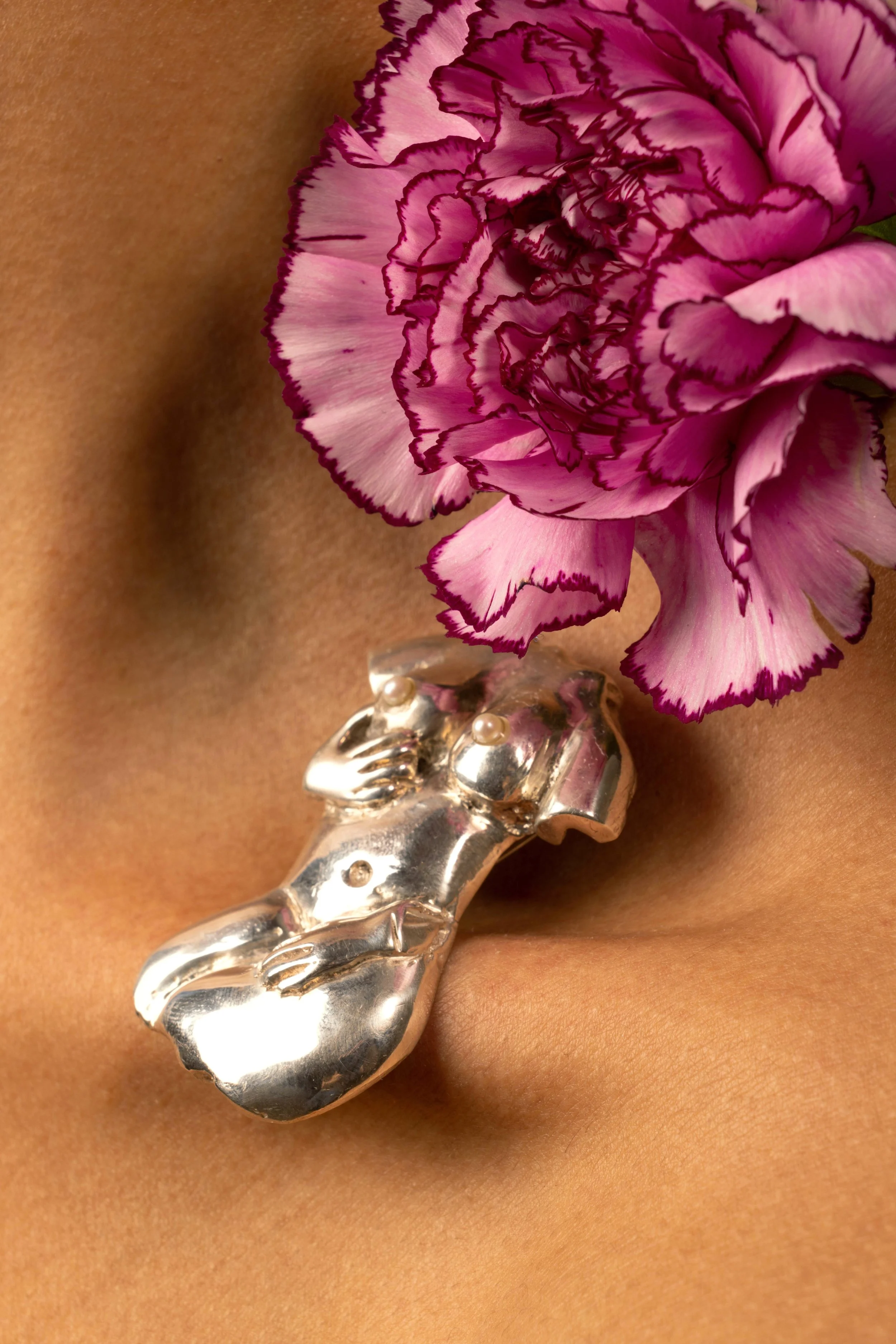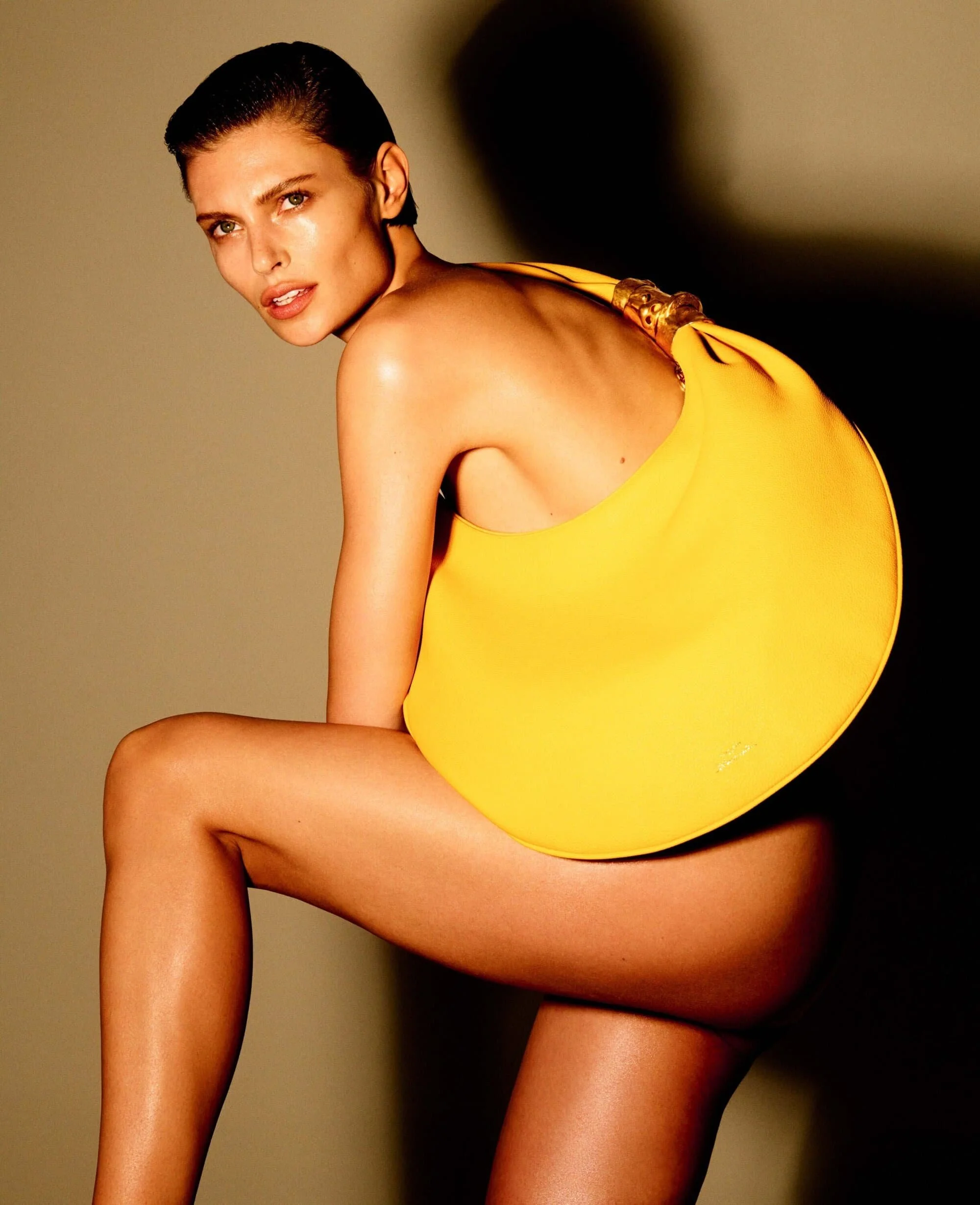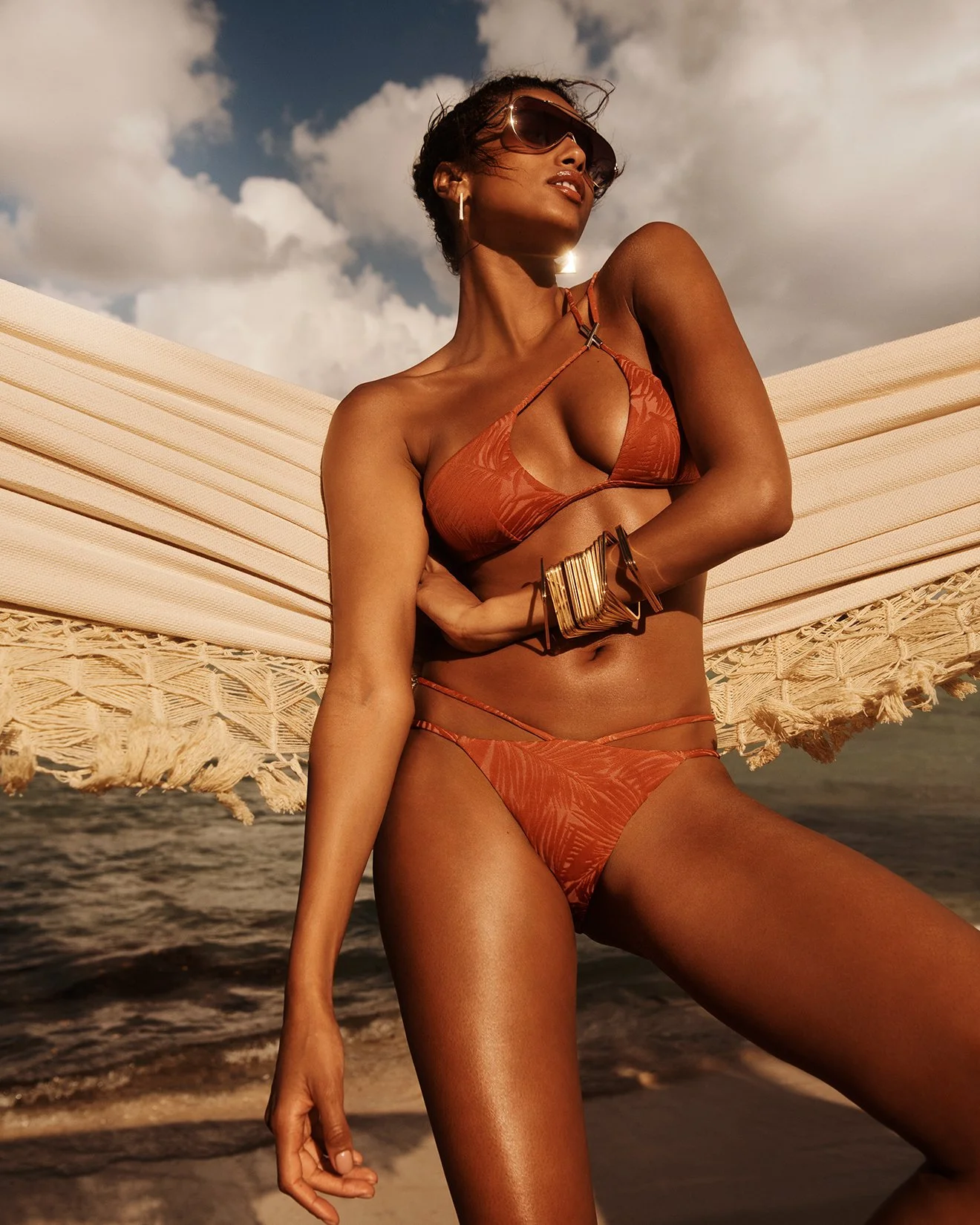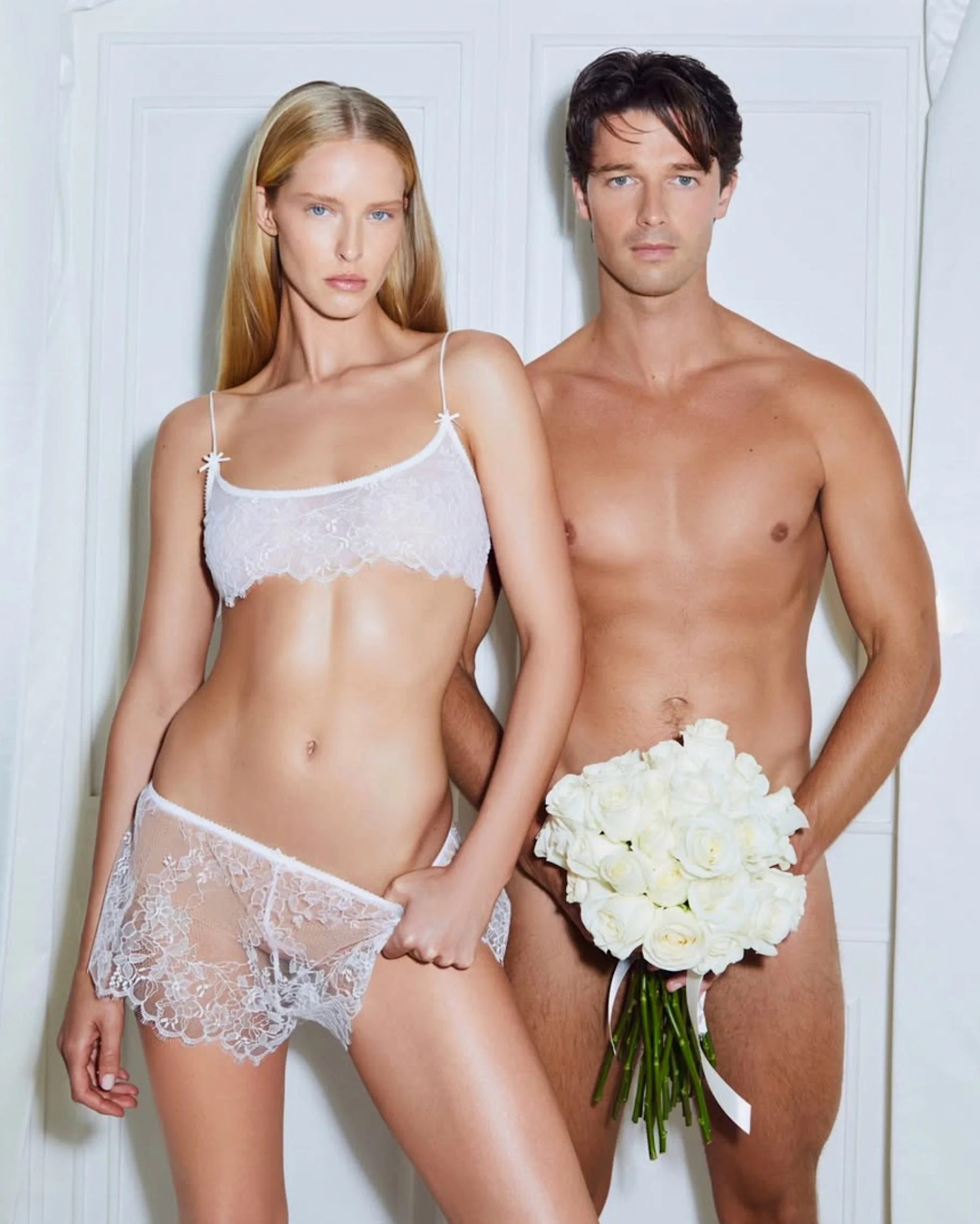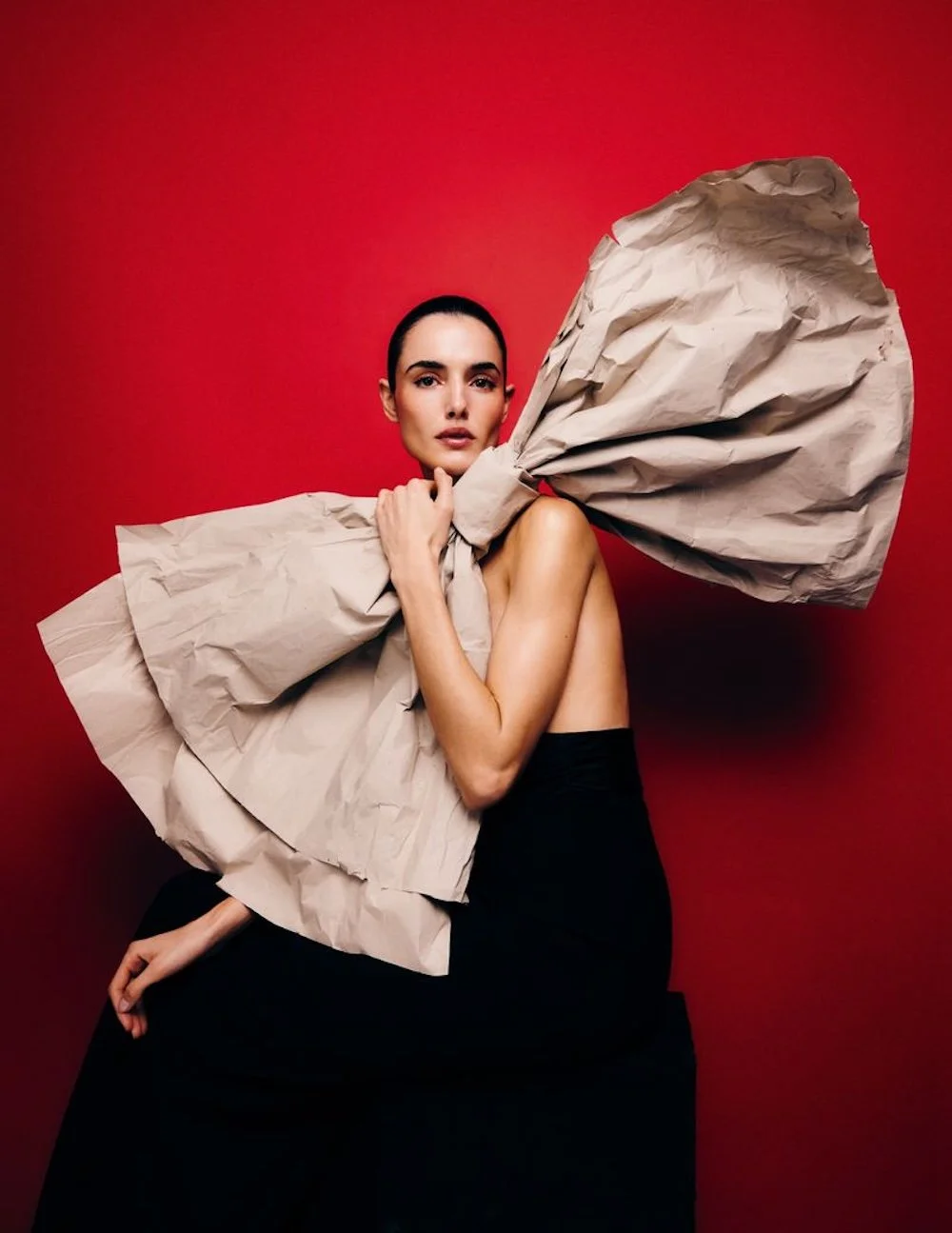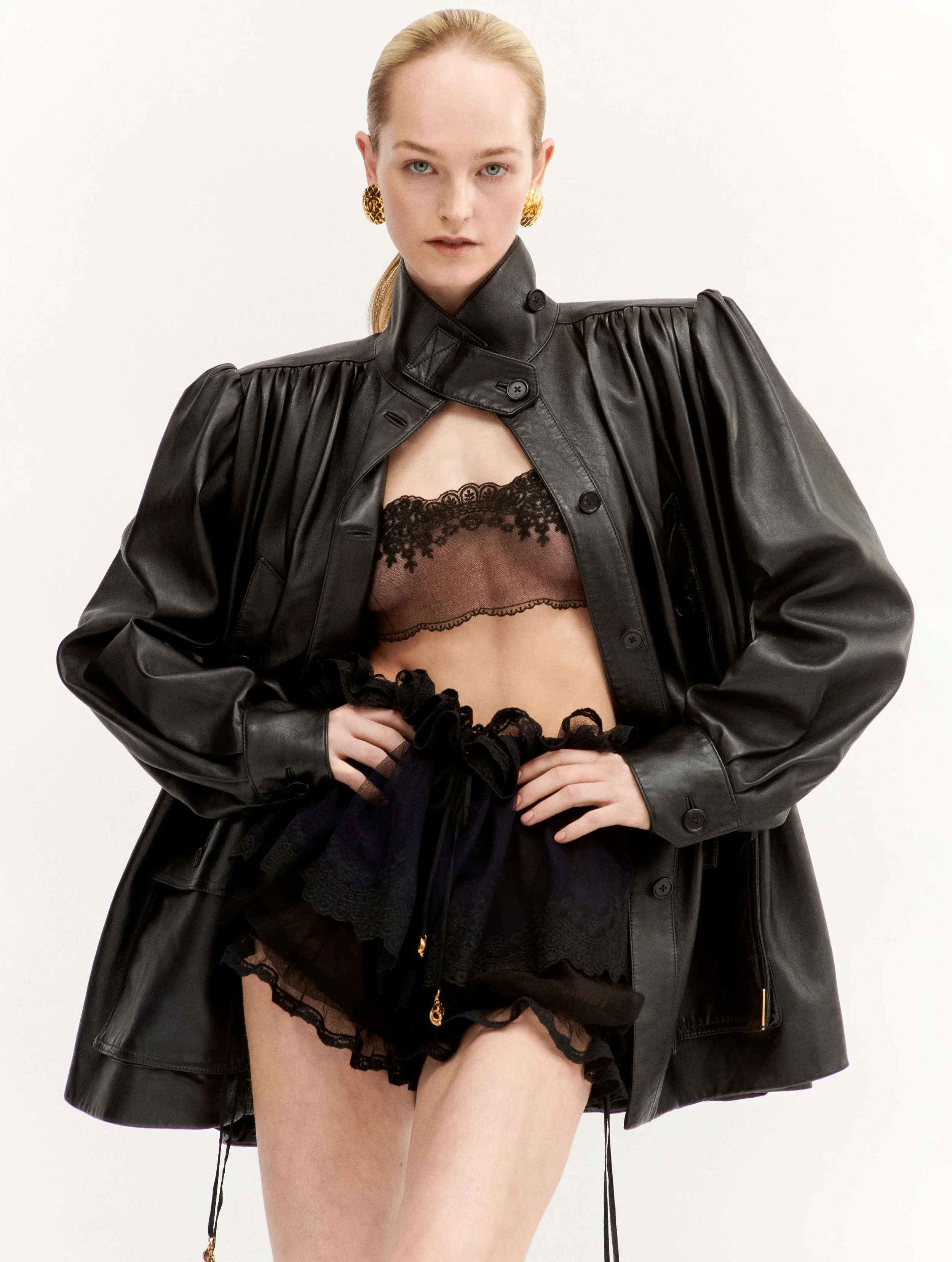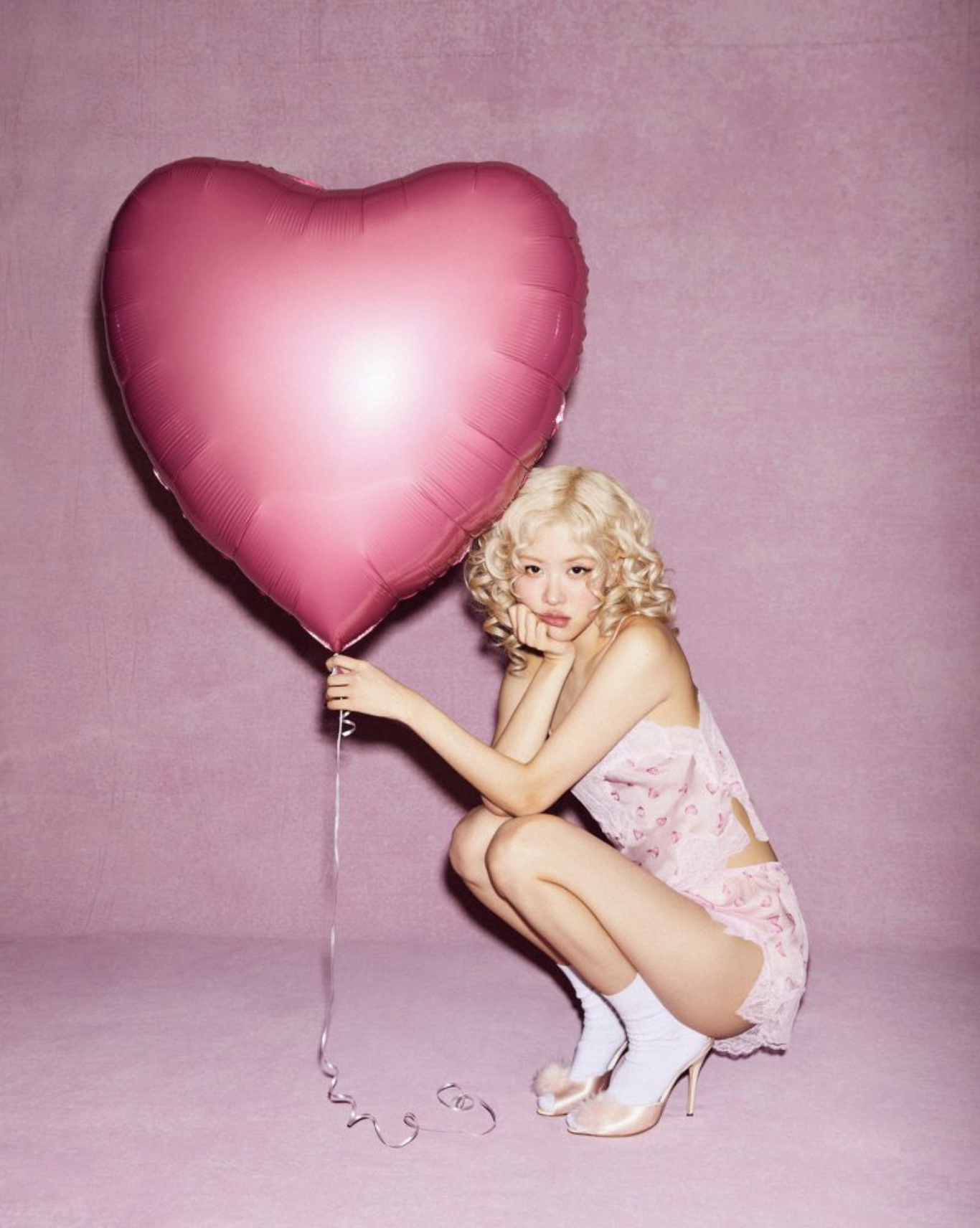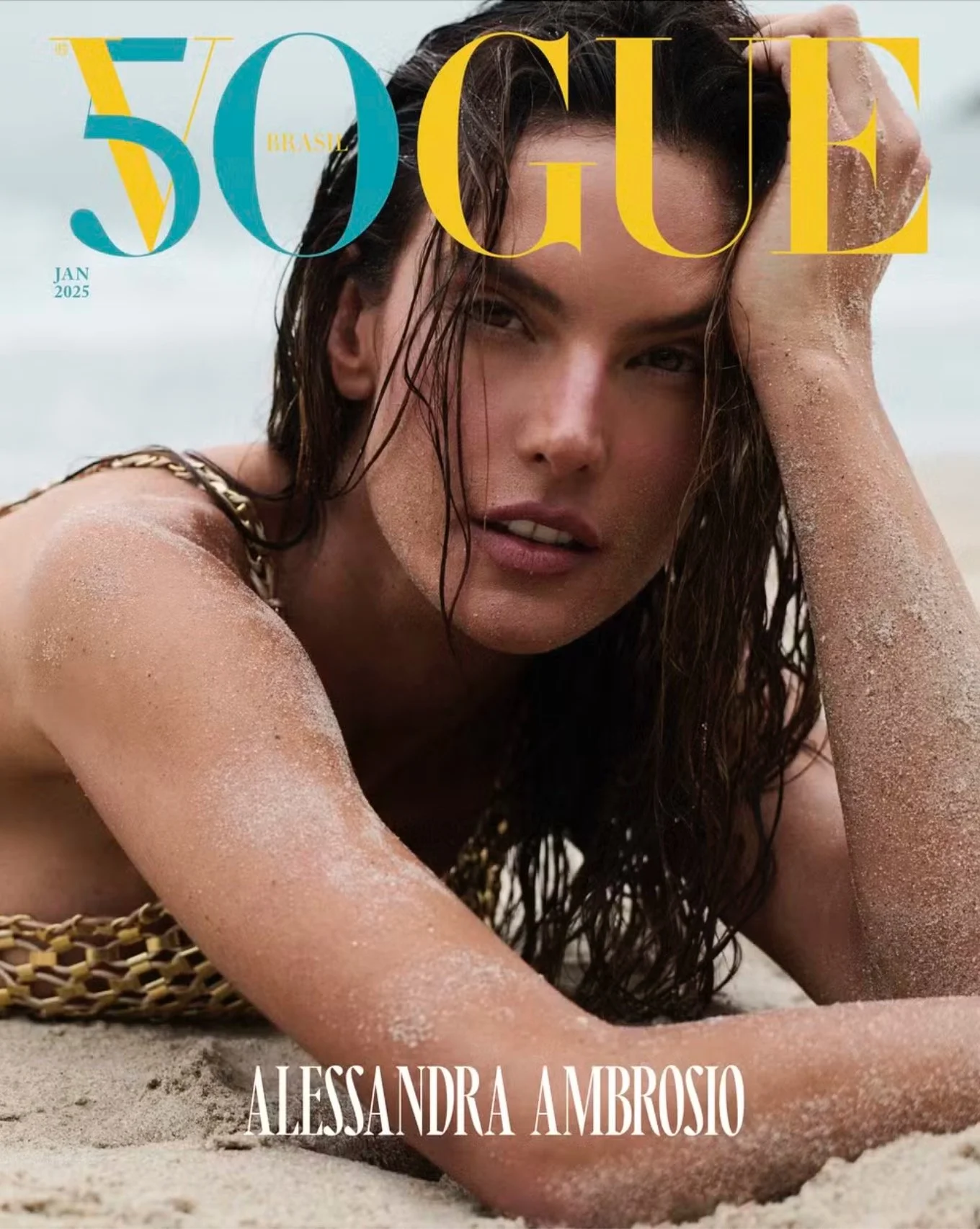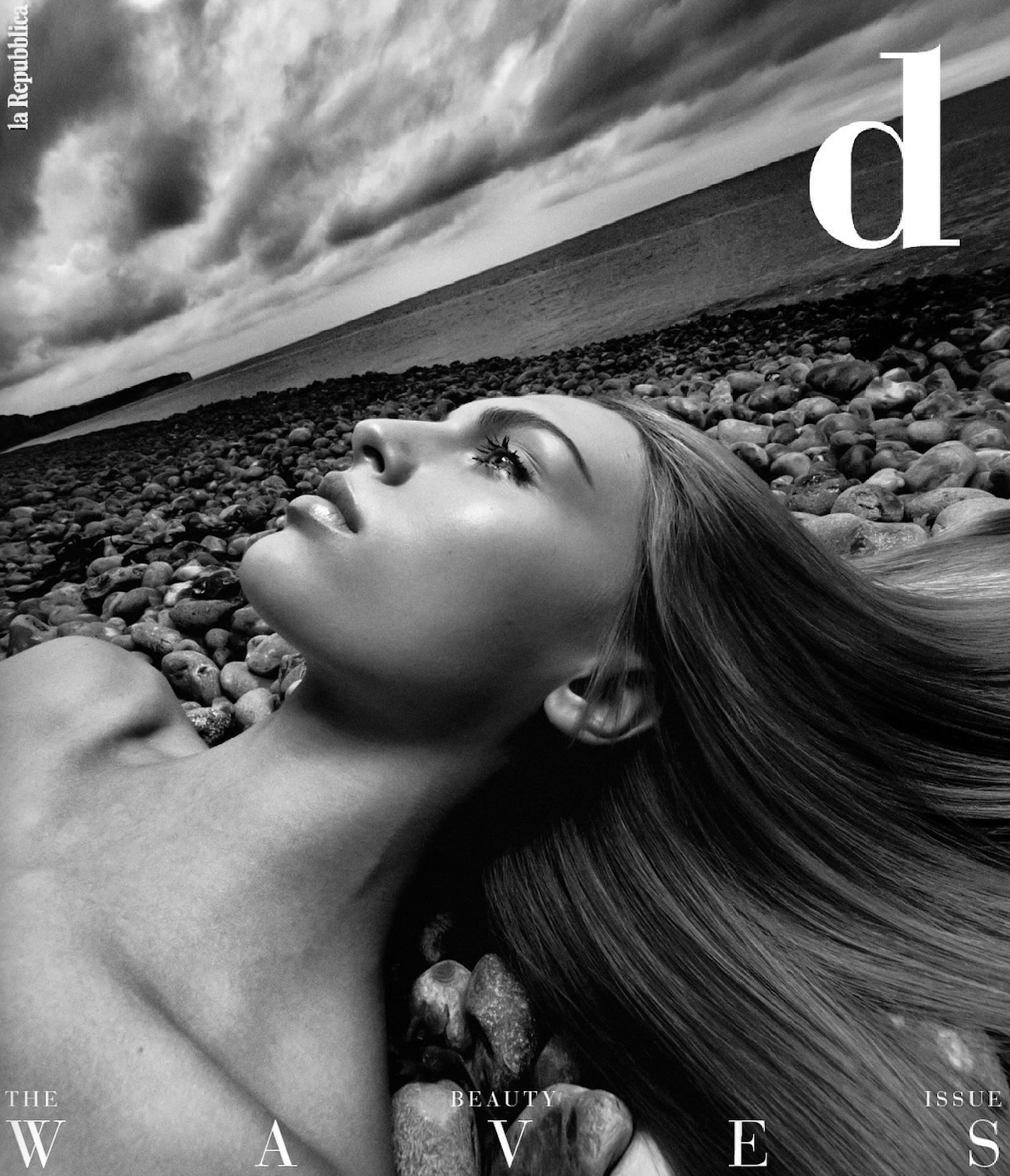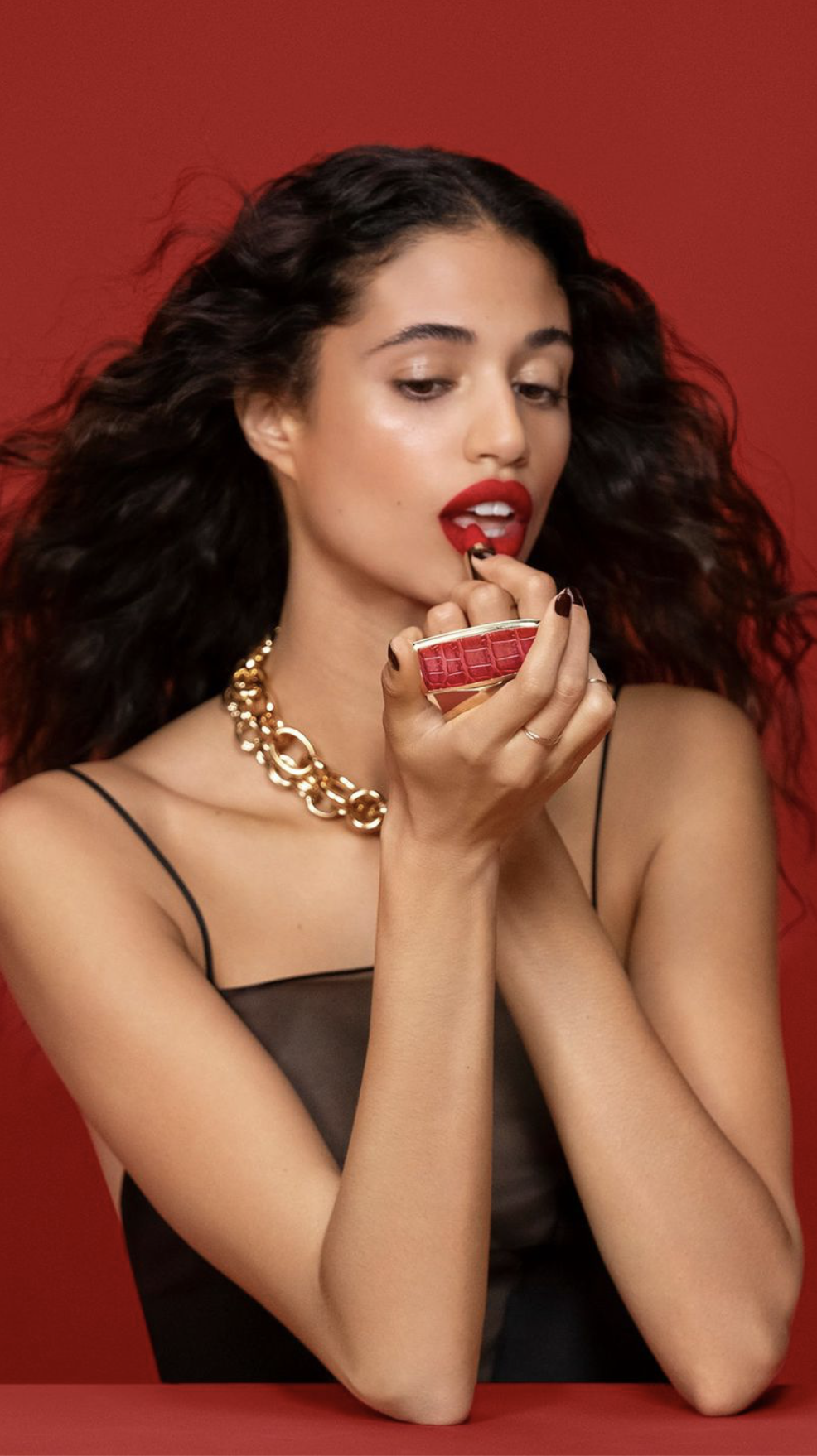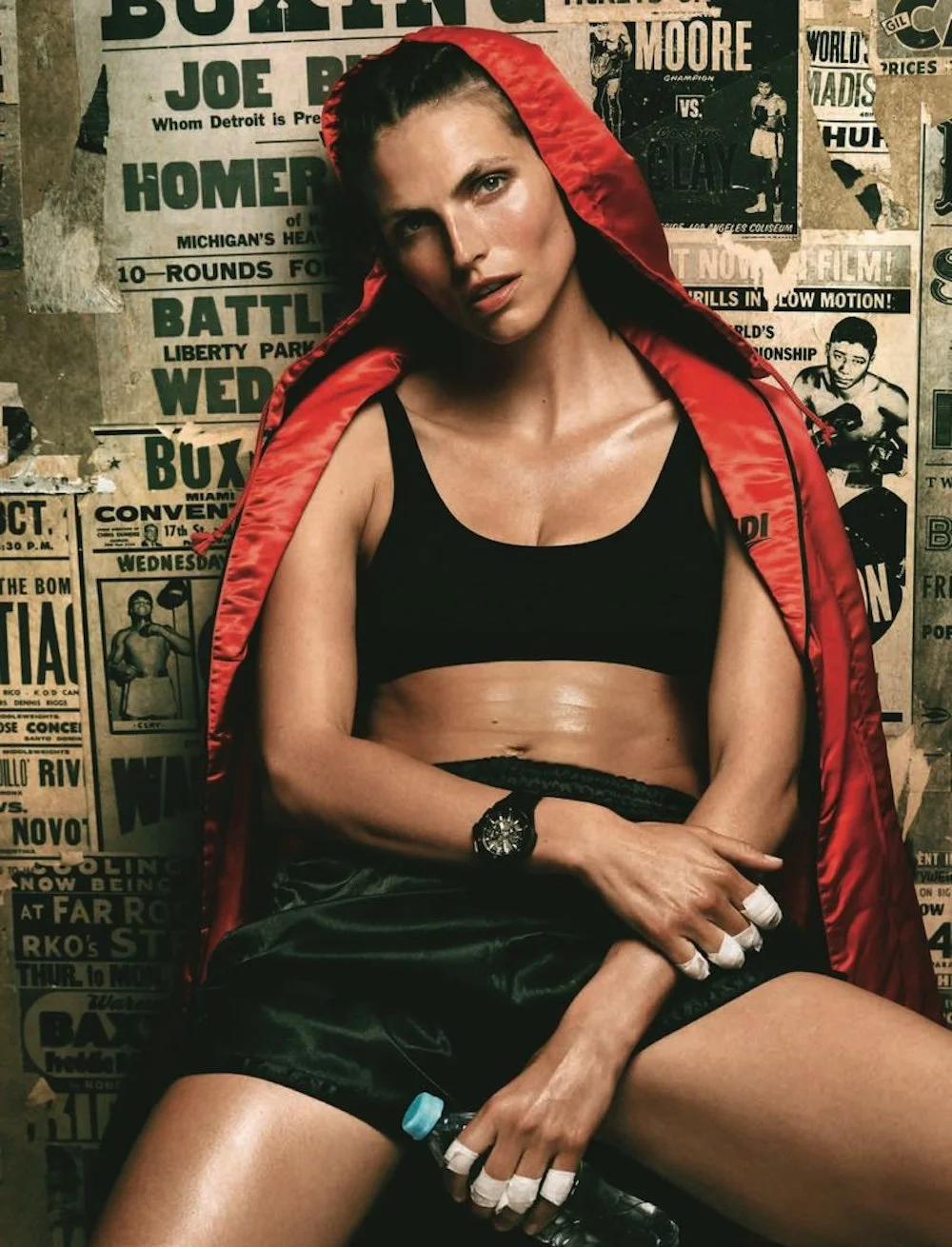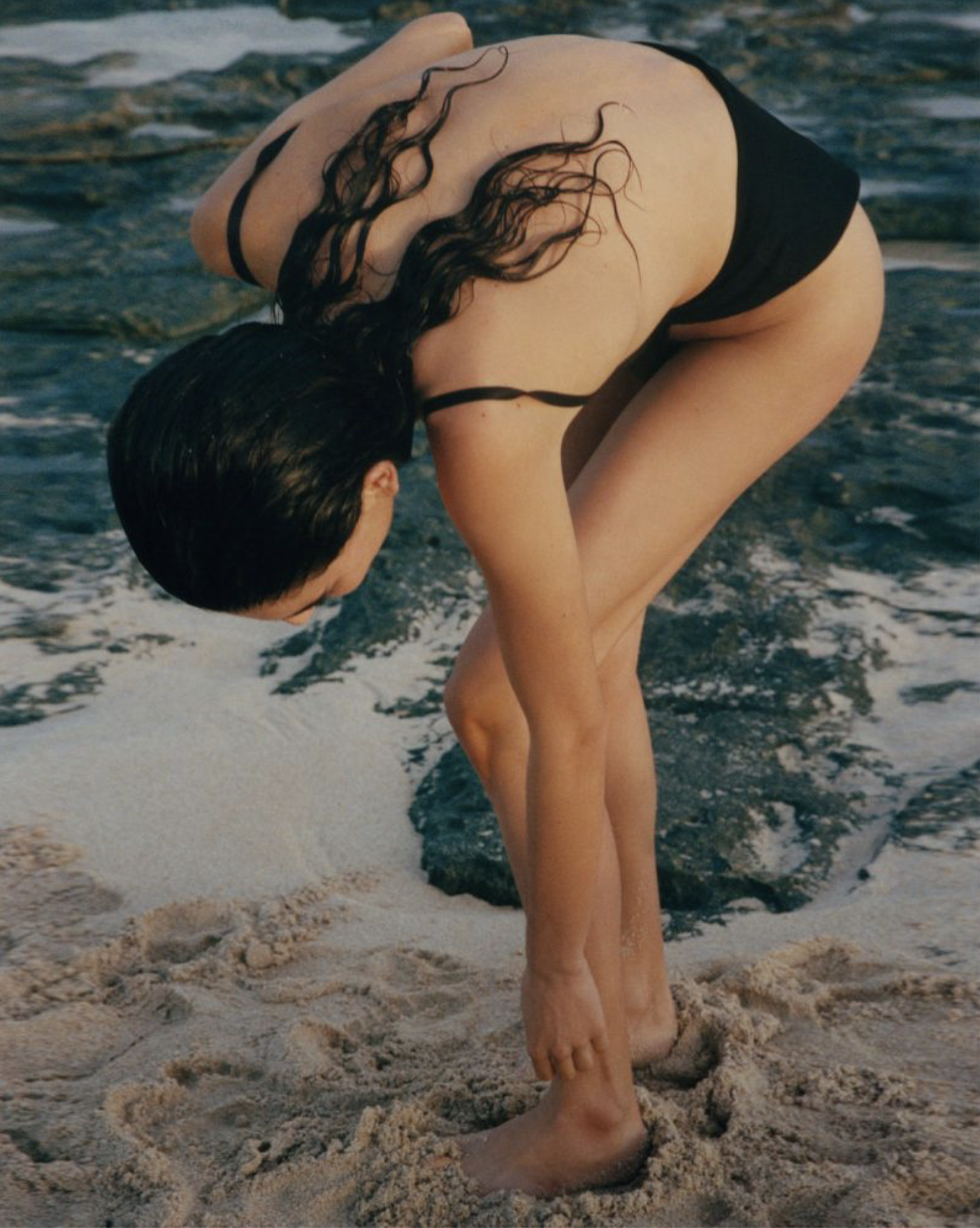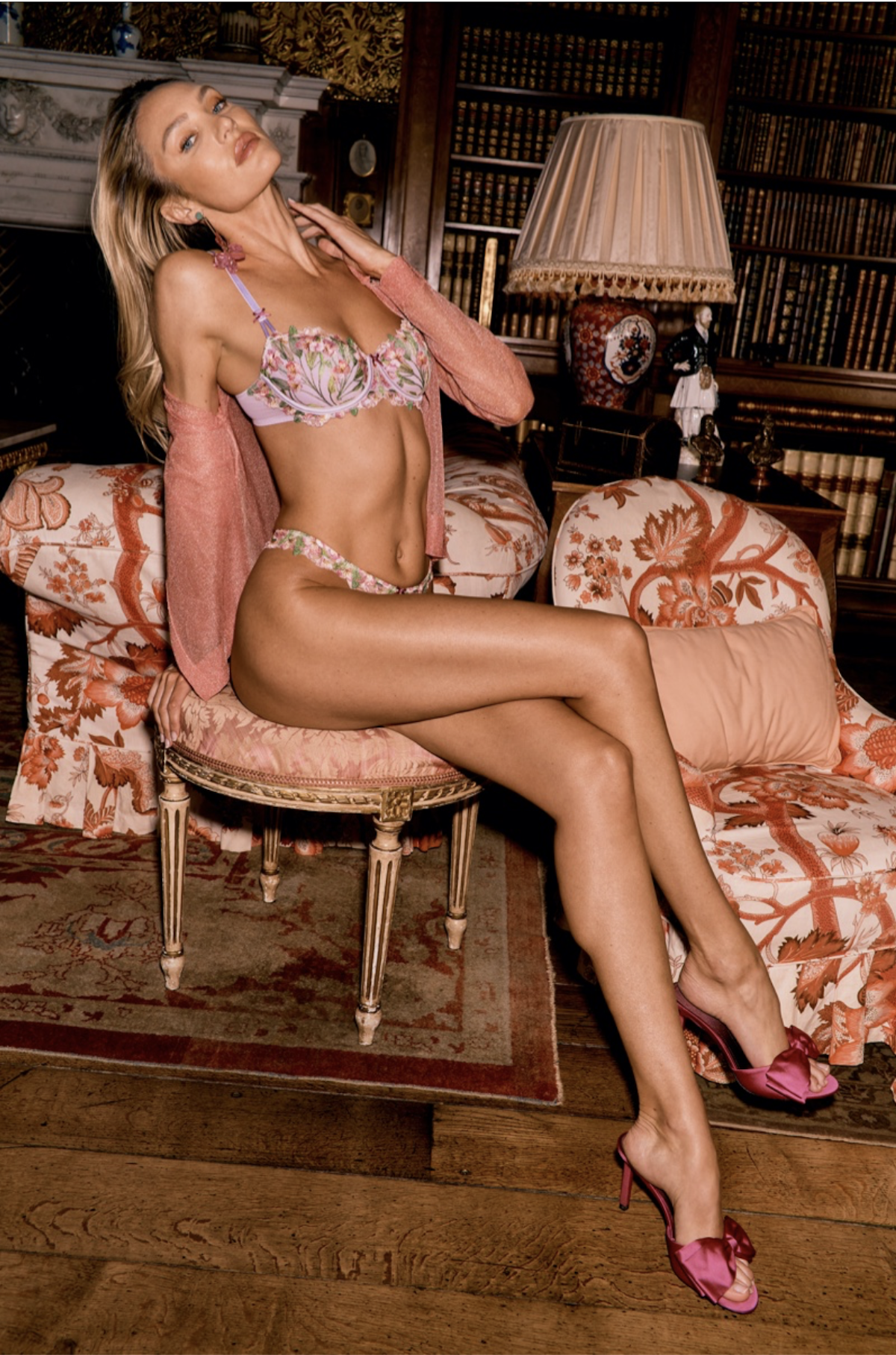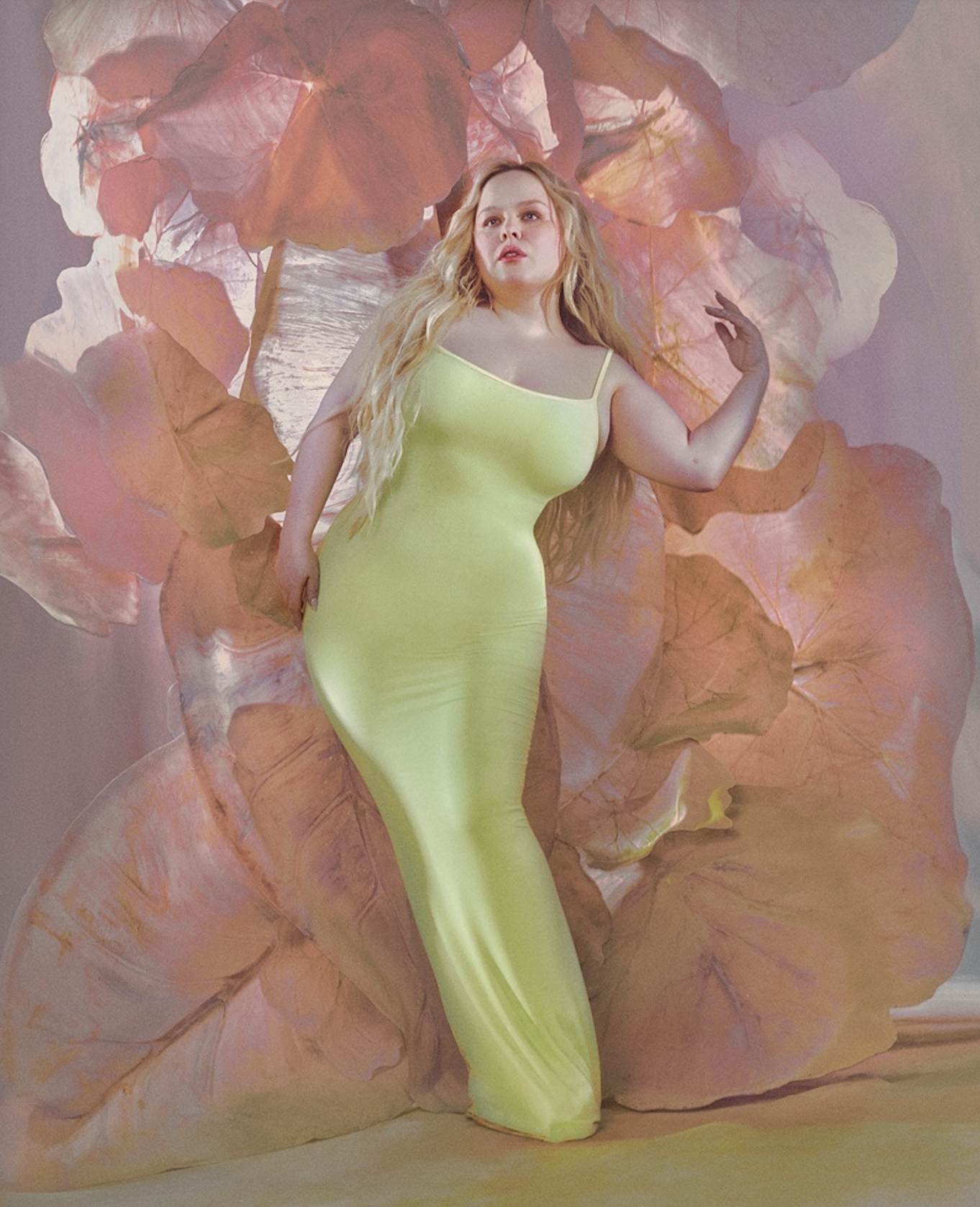France Debates New Fashion Model BMI Laws & Pro-Ana Websites
/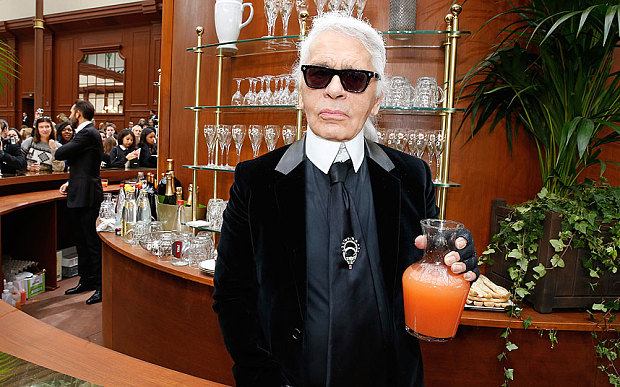 Chanel designer Karl Lagerfeld leads the demand for ultra-thin models in France.French lawmakers are continuing debate today on a ban on fashion models with BMIs lower than a to be determined number. Reuters reports the proposed legal BMI to be 18, or about 121 lbs for a model 5’9” tall. (Note, the 5’7” 121 lbs BMI claim is some articles in incorrect.)Two amendment initiatives are supported by French health minister Marisol Touraine.
Chanel designer Karl Lagerfeld leads the demand for ultra-thin models in France.French lawmakers are continuing debate today on a ban on fashion models with BMIs lower than a to be determined number. Reuters reports the proposed legal BMI to be 18, or about 121 lbs for a model 5’9” tall. (Note, the 5’7” 121 lbs BMI claim is some articles in incorrect.)Two amendment initiatives are supported by French health minister Marisol Touraine.
One amendment prevents model agencies from having girls on their roster with the medically-deemed unhealthy BMI lower than 18. Agencies would be required to provide a medical certificate for each model or face up to six months in prison and a 75,000 euro fine for anyone ‘glorifying anorexia’.
The second amendment outlaws pro-anorexia websites, making it illegal to promote excessive thinness. France estimates that about 40,000 citizens suffer from anorexia, most of them teen girls.
‘The image the fashion industry gives, where women have to be pathologically thin to be beautiful … has a strong social impact, says Socialist politician Olivier Veran, a neurologist at the University Hospital of Grenoble, who is proposing the amendments.
France’s modelling agencies argue that they are in global competition and will suffer unless a Europe-wide approach on model’s health is embraced. Gerald Marie, former European head of Elite Agency says: ‘There is anorexia and there are girls who are … very thin naturally and you can make them eat all day (and) they would stay thin.’ Marie argues that one needs to define anorexia as a psychological disorder.
France would not be the first country to focus on models in their fashion industries. Italy, Spain and Israel adopted laws against too-thin models on catwalks or in advertising campaigns in 2013. Brazil is now considering banning underage and too thin models. Many in the fashion world see France as the central catalyst in the demand for size 0 and less models.
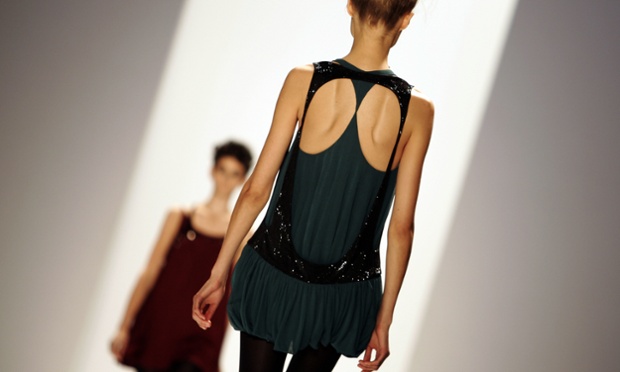
We assume that Chanel designer Karl Lagerfeld finds the BMI proposal to be utter stupidity. After losing 42 kilos of weight (about 92 pounds), Lagerfeld adopted the stance that one cannot possibly be too thin in the world of fashion, stating emphatically that ‘no one wants to see curvy women on the catwalk.’
Lagerfeld inflamed women previously, arguing ‘It’s the fat women sitting in front of televisions with their crisps who say slim models are hideous.’
British writer Imogen Edwards-Jones wrote of models’ excessive laxative use in her book ‘Fashion Babylon’. In 2007, Isabelle Caro, an anorexic 28-year-old model died after posing for a campaign to raise awareness around anorexia. Ex Vogue Australia editor Kirstie Clements published ‘The Vogue Factor’ in 2013, arguing that the fashion industry encouraged models to eat tissues and cotton balls, in order to stay thin enough to get work.
Fashion directors, editors, photographers and designers share complicity in the pursuit of extremely thin models. British Vogue editor Alexandra Shulman explained to The Telegraph in March 2014 that ‘nobody really wants a ‘real person’ on the cover of Vogue. Shulman continued her interview saying she’s bored with the discussions about why models are thin.
‘I think Vogue is a magazine that’s about fantasy to some extent and dreams, and an escape from real life.’
Shulman is long on the record arguing that designers should cut bigger sample sizes and use bigger girls on the catwalk. Her view is mostly one of throwing her hands up in the air. Pressed to describe what her readers like best, the fashion leader responded someone ‘quite conventional, probably smiling, in a pretty dress; somebody looking very lovely. The most perfect girl next door.’
Takedown Of The Supermodels
What the fashion industry has never explained is the reasons why the world’s top models in the late 80s and into the 90s were size 4-6. AOC has written about the topic of size 0 models for years. The downsizing of supermodels like Cindy Crawford, Naomi Campbell, Christy Turlington, Linda Evangelista, Claudia Schiffer and all the glory girls to today’s size 0 and smaller has never explained.
The closest the industry comes is to acknowledging that their embrace of Kate Moss’ ‘heroin chic’ look, one popularized in the mid-1990s, did make vibrant, healthy-looking girls like Crawford and company suddenly undesirable.
In May 1997 President Bill Clinton accused the US fashion industry of portraying heroin use, coupled with emaciated models, androgynous looks and dark circles under their eyes, as glamorous to sell clothes
The glorification of heroin is not creative, it’s destructive,” Clinton said. “It’s not beautiful, it is ugly. And this is not about art, it’s about life and death.
Clinton’s remarks were prompted by the recent death of Davide Sorrenti, brother of Mario, who died of a heroin overdose at the age of 20. In a note of irony, Mario photographed Kate Moss, his girlfriend at the time, in the Calvin Klein ‘heroin chic’ Obsession campaign.
Clinton’s comments were not the first time he has leveled criticism at the fashion industry or reached into the world of popular culture for a political issue, wrote the LA Times. At a campaign fund-raising dinner in 1995, for instance, he complained that Calvin Klein ads depicting youthful models in provocative poses were ‘outrageous.’
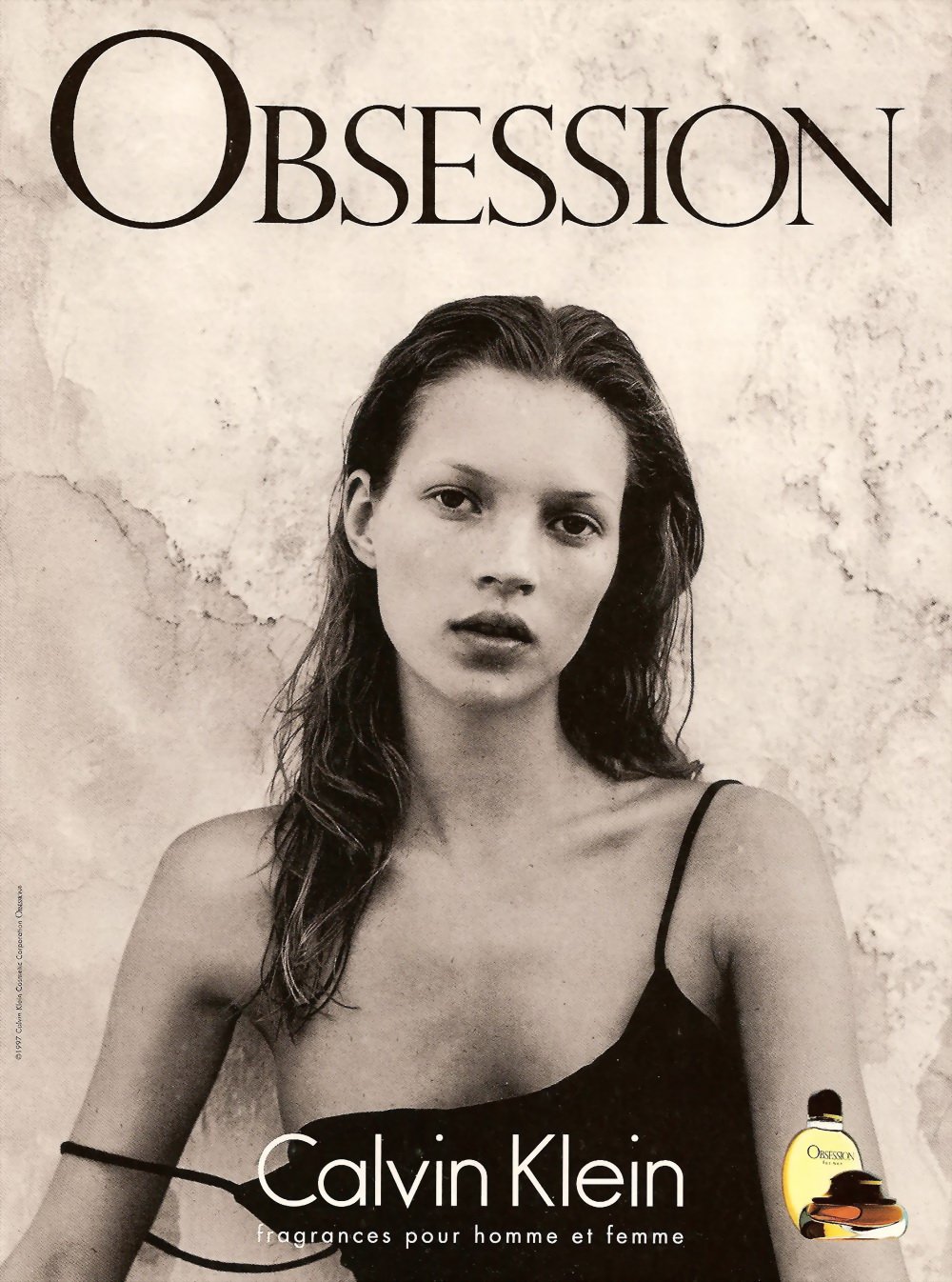
Amy Spindler wrote of Sorrenti’s death and the fashion industry’s love of ‘heroin-chic’ looks:
For three years, the defense for such photography has been that it represents rebellion against phony airbrushed images. The rationale that it reflects a new idea of beauty has had a long, successful run, considering how apparent it has been to almost any observer that the models are posed to look sickly, if not drug-addled. They have nonetheless been commissioned because they help sell clothes to young people longing to be cool. The glibness of the industry in its rationalizations harks back to the Studio 54 era, when a frenetic cocaine esthetic was explained away in much the same manner.
Post Heroin-Chic, No Sex Allowed For Luxury-Loving Women
After Davide Sorrenti’s death, his mother Francesca Sorrenti launched a major campaign against heroin chic. Mrs Sorrenti sent faxes to every picture editor in New York, criticising them for using underage models, often in suggestive and decadent poses. A photographer herself, Sorrenti urged editors to ‘pay attention to what they are doing’ and reminding them that they allowed and encouraged Davide to do whatever he pleased.
Twenty years after the fact, Kate Moss revealed in Vanity Fair December, 2012 that her famous Calvin Klein ad campaign caused her to have a nervous breakdown.
Moss tells (Vanity Fair contributor James) Fox she regretted doing the 1992 Calvin Klein photo shoot that helped skyrocket her to fame. “I had a nervous breakdown when I was 17 or 18, when I had to go and work with Marky Mark and Herb Ritts,” she says. “It didn’t feel like me at all. I felt really bad about straddling this buff guy. I didn’t like it. I couldn’t get out of bed for two weeks. I thought I was going to die. I went to the doctor, and he said, ‘I’ll give you some Valium,’ and Francesca Sorrenti, thank God, said, ‘You’re not taking that.’ It was just anxiety. Nobody takes care of you mentally. There’s a massive pressure to do what you have to do. I was really little, and I was going to work with Steven Meisel. It was just really weird—a stretch limo coming to pick you up from work. I didn’t like it. But it was work, and I had to do it.”
Moss also talks about how uncomfortable she was posing nude when she was young. Remembering her now classic photo shoot with Corinne Day for The Face, Moss says, “I see a 16-year-old now, and to ask her to take her clothes off would feel really weird. But they were like, If you don’t do it, then we’re not going to book you again. So I’d lock myself in the toilet and cry and then come out and do it. I never felt very comfortable about it. There’s a lot of boobs. I hated my boobs! Because I was flat-chested. And I had a big mole on one. That picture of me running down the beach—I’ll never forget doing that, because I made the hairdresser, who was the only man on the shoot, turn his back.”
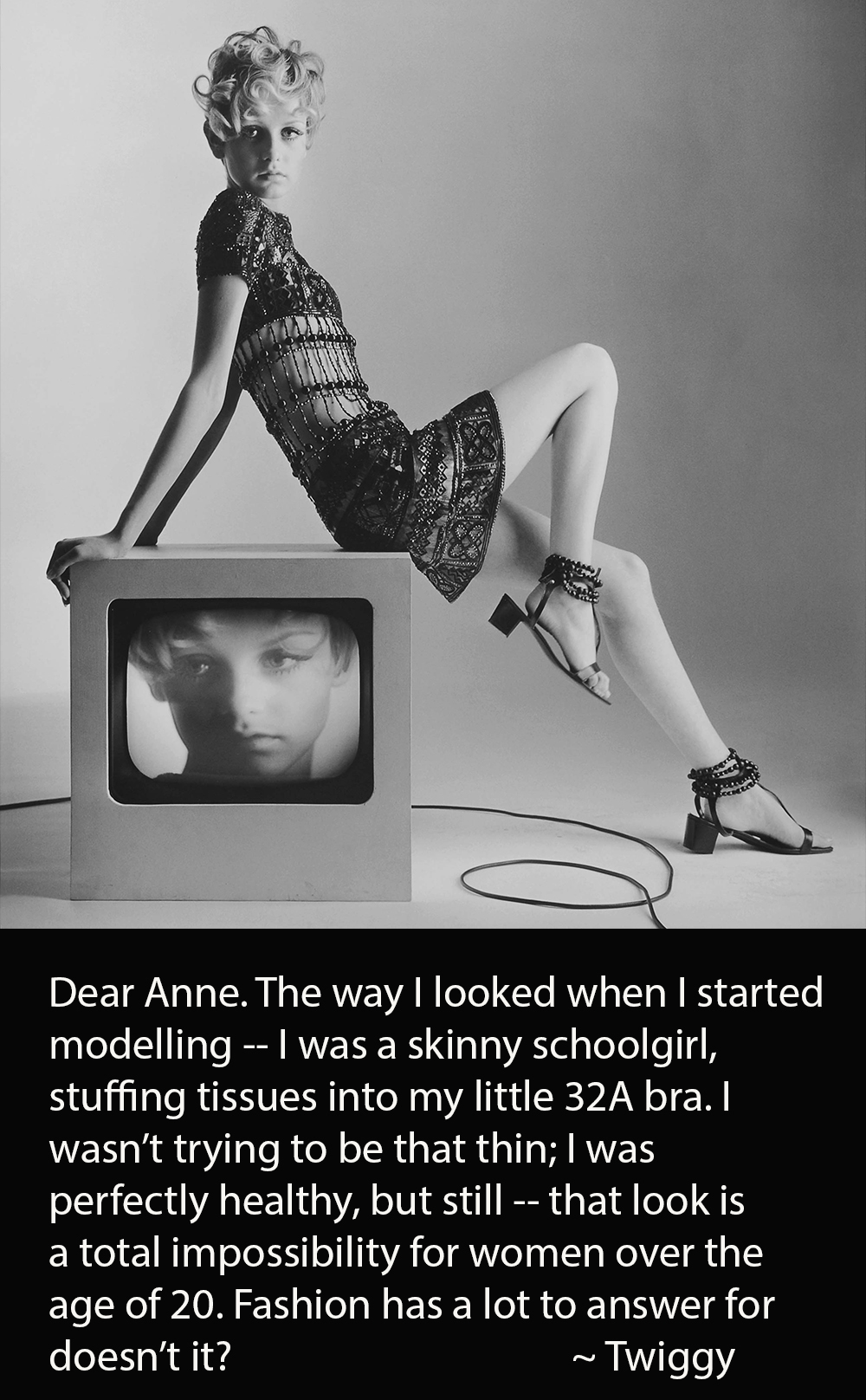
It’s true that Twiggy was a very fashionable ultra-thin model in the 60s. But Twiggy was quirky, vibrantly modern and 15 — as she recently reminded the world.
The great supermodels were known for beauty, brains, personality and sexuality. They were Glamazons and Goddesses. And they made a lot of money, unlike today’s typical girl modeling high-end editorial work. They were accessible and in control of their lives, more like Beyoncé or The Kardashians. And yes, those supermodels were sexy.
It’s long been my contention that even when the fashion industry moved away from ‘heroin chic’ girls, wanting to put a more positive face forward, embracing female sexuality again wasn’t on their priority list. In fact, models became less relevant to high-end, luxury brands than ever. You’ve heard the expression ‘coat hangers’ when discussing what designers want for today’s luxury market.
A photographer is quoted in an exhaustive New York University paper I’m reading on size and race in modeling,saying:
Runway, especially, designers want them even thinner because they want their clotheshanging on them when they walk down the runway. They don’t want people seeing the model–well they do, they want that face, but that’s all they want is the face. And the rest of the body they don’t want.
I question this 2009 quote in today’s shows where the girls are often beautified and hairstyled to look identical. Often, the girls are anonymous and the industry churns through them.
This dense academic study concludes that the fashion industry is closer to America’s right wing Republicans than they want to admit — a summary interpretation on my part.
Sex doesn’t do the selling in the editorial world. Instead there is construction of unattainable fantasy femininities, envisioned by multiple gazes—gay (heavy on gay men, much fewer lesbians), straight, female—with a self-referential audience of fellow elite producers in mind.
Eager to distance themselves from ordinary visions of heteronormative femininity, editorial producers actively look for the extraordinary body, one that so radically stretches norms of slenderness until it borders on what they imagine ‘your mom’ may register as the uncanny or the ugly. Drawing on cultural imagery of white bourgeois femininity, producers conflate high-class with slenderness and sexual unavailability. Any trace of curves and their accompanying suggestions of female sexual desire and availability are polluting images for high-end brands and high-end femininities. In other words, curves are seen as cheap. In constructing the editorial look, bookers and clients deliberately strip sex from the editorial body.
It’s long been my contention that brand consumption replaced sexual desire as a core part of female identity wherever the luxury market operates in the world. As Karl Lagerfeld has advised, men should see prostitutes for their sexual needs, leaving women in their natural role of mothers, friends — anything but a lusty sex partner. Given the comparatively positive sexuality of French women, I’m not sure how many Parisian women believe Lagerfeld. But his views summarize the verboten nature of female sexuality mixing with today’s luxury market.
Anne of Carversville has a long history of writing about size 0 models, the fashion industry and the takedown of the size 4-6 US supermodels. Read on. ~ Anne
Anorexia in Thirds | 1/3 Die, 1/3 Relapse, 1/3 Recover
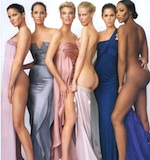 Just Say ‘No’ | Programming Your Brain’s RAS System to Hate Size 0 Fashion Ads
Just Say ‘No’ | Programming Your Brain’s RAS System to Hate Size 0 Fashion Ads
 If the Supermodels Are Now ‘Fat’, It’s Time To Reprogram Our Fashion Brains
If the Supermodels Are Now ‘Fat’, It’s Time To Reprogram Our Fashion Brains
Cindy Crawford | 90’s Size 6 Supermodels Would Be Plus-Size Today

